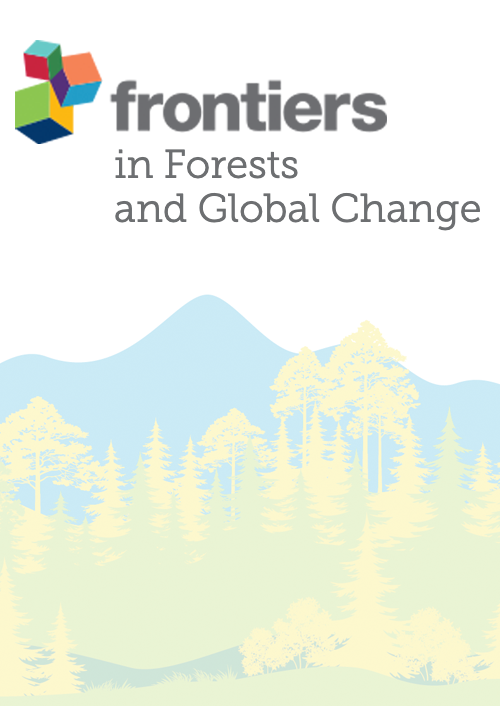Rooting Forest Landscape Restoration in Consumer Markets—A Review of Existing Marketing-Based Funding Initiatives
Forest landscape restoration (FLR) is globally important to mitigate a wide range of social and environmental problems driven by landscape degradation and deforestation. Despite widespread recognition of the urgent need to restore biodiversity and ecological functioning across many forest landscapes, there is an apparent mismatch between political commitments and direct actions on the ground. Global markets and consumption patterns remain prominent drivers of land degradation. Alternatively, market forces could be transformed to have net positive rather than negative influence on land use change, offering innovative pathways to incentivise and finance FLR. Understanding current market mechanisms that finance FLR is essential for establishing best practices and effective policy. We reviewed 40 eco-marketing initiatives to provide an overview of the types of organizations involved in funding of FLR, and how they finance and enable FLR interventions. We identified three groups of initiatives: for-profit business, certified social enterprise, and non-profit organization. In total, 36 out of the reviewed initiatives collaborated with enabler-organizations to implement FLR activities. All initiatives promoted active tree planting, primarily in regenerative agroforestry systems. Only six analyzed initiatives included natural regeneration as a type of FLR intervention. This suggests that eco-marketing initiatives primarily focus on funding tree planting initiatives, possibly because tree planting is the easiest message to communicate to consumers. Strong safeguards and governance of FLR projects are necessary to ensure that tree planting projects do not overshadow other FLR interventions in areas where other approaches have more significant ecological, environmental, and social benefits.

